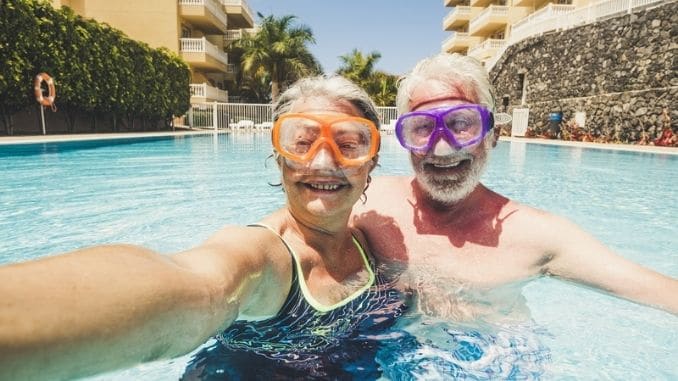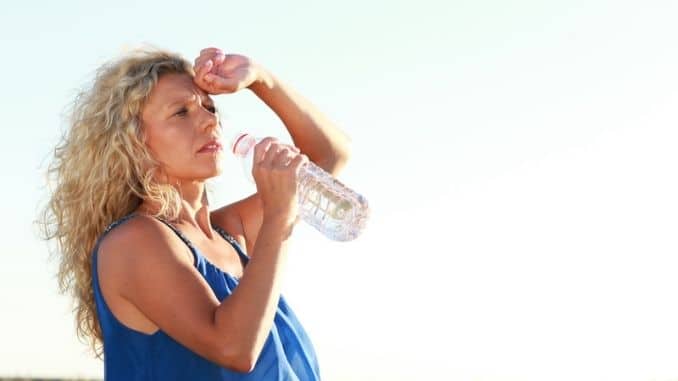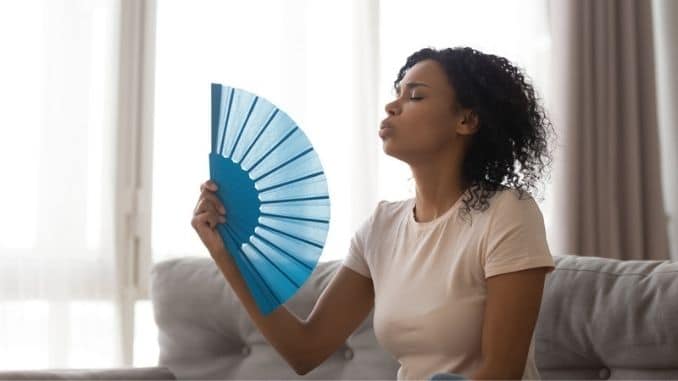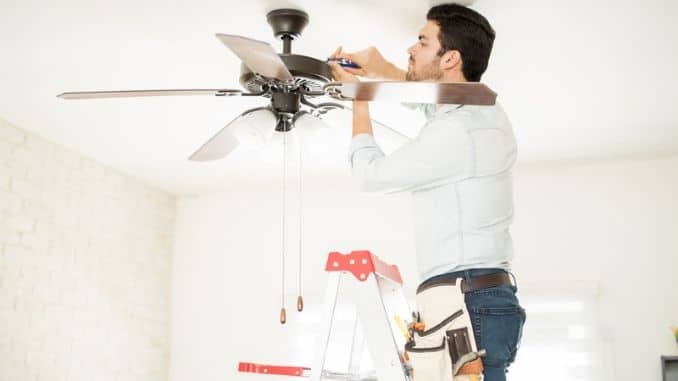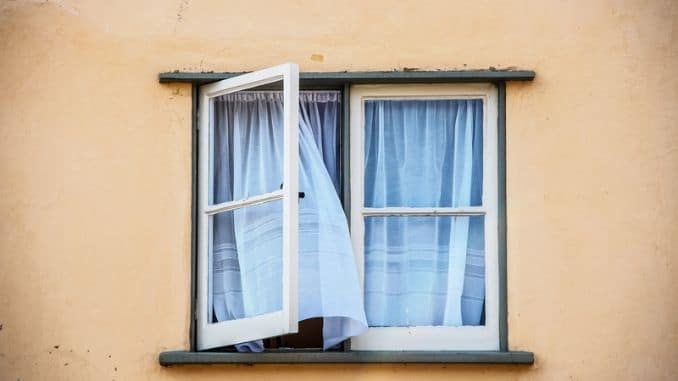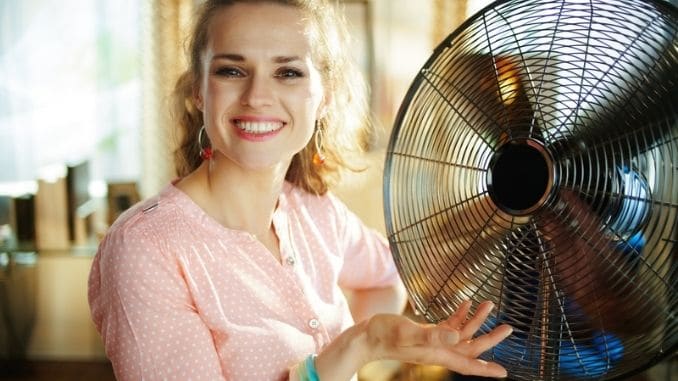After over a year of being cooped up because of the COVID-19 pandemic, most people are looking forward to getting out and about this summer. As you make your plans for travel, vacation, and recreation, however, keep in mind that the summer heat can be dangerous.
According to the Centers for Disease Control and Prevention (CDC), extreme heat can cause people to suffer from heat-related illnesses and even death. Indeed, more than 700 people die of extreme heat every year in the U.S. Older adults, young children, and those with chronic medical conditions are most at risk.
To make sure you stay safe while enjoying the summer sun, we have 10 tips to keep you cool below.
The Danger of Extreme Summer Heat
When temperatures ramp up, they’re not just uncomfortable. Intense heat can have serious effects on your health, mental well-being, and even cognitive ability.
While the human body is typically capable of regulating its temperature through sweating, when it is exposed to high temperatures for extended periods, it can begin to struggle. High humidity levels, too, can make it more difficult for the body to cool itself through sweating. Personal factors like age, obesity, dehydration, heart disease, and poor circulation can also play a role in whether you can cool off enough in very hot weather.
Some of the potential negative effects of high heat include:
- Heat Exhaustion: As your body sweats in high temperatures, it loses water and salt. After a time, heat exhaustion can set in, which causes fatigue, weakness, and exhaustion, as well as other symptoms like muscle cramps, pale skin, headaches, dizziness and fainting, nausea or vomiting, and a rapid heart rate. If you experience these symptoms, get out of the heat immediately. Otherwise, the condition may progress to heat stroke.
- Heat Stroke: Untreated heat exhaustion can lead to heatstroke, which is a much more serious condition. It occurs when the body can no longer control its temperature so that temperature rises rapidly. If it goes to 104 degrees Fahrenheit or higher, it can quickly damage the brain, heart, kidneys, and muscles. Symptoms include a high core body temperature, confusion, slurred speech, hot skin, nausea and vomiting, racing heart rate, headache, flushed skin, and rapid breathing.
- Heat Cramps: These typically affect workers who sweat a lot while they're working outdoors. The sweating depletes the body's salt and moisture levels. Low salt levels in the muscles cause painful cramps in the abdomen, arms, or legs.
- Heat Rashes: These are caused by excessive sweating in hot, humid weather. Red clusters of pimples or small blisters form on the skin, usually on the neck, upper chest, groin, under the breasts, and in the elbow creases.
10 Ways to Beat the Summer Heat
To keep you and your family safe this summer, follow these tips to stay cool in the summer heat.
1. Drink plenty of fluids.
Your body loses water and electrolytes at a higher rate while sweating, so regularly replenishing those fluids can help you cope with the hot weather. Alternating water with a sports drink that’s supplemented with electrolytes can replenish some of the salt and minerals you’re losing, as well.
2. Wear appropriate clothing.
What you’re wearing can make a big difference in how hot or cool you feel. Choose lightweight, light-colored, and loose-fitting clothing that will help your body to regulate its temperature, while reflecting the sun's rays.
Look for items made of cotton or linen, as these are breathable materials that work with your body to cool itself. Avoid clothing made of polyester, nylon, or silk, as these will cause you to sweat even more. Look for light colors, as these will absorb fewer of the sun’s rays than dark colors will, which will help you stay cooler.
And though you may be tempted to show off your summer figure, tight-fitting clothing can restrict your body and increase heat. Looser clothing is cooler in hot weather. Don't forget hats and sunglasses to further protect yourself from the sun.
3. Avoid going out between 11:00 a.m. and 2:00 p.m.
The sun is typically hottest during these times (check your area as it may vary slightly). Choose to go out in the morning or later afternoon/evening to stay cooler. Limiting your exposure to the most intense heat of the day can help you prevent heat-related illnesses.
4. Set your ceiling fan to run counter-clockwise.
Most ceiling fans are adjustable so you can tilt them to push the air either upwards or downwards. In the winter, it’s best if they are set to turn clockwise, which will pull the cooler air up and displace the rising warmth.
In the summer, try switching the rotation counter-clockwise to push more wind currents into the room below. Find the switch on the body of the fan that changes the direction.
If you don’t have ceiling fans in your house, it can help to install a few more. They don’t cost a lot and they can make a big difference in the summer heat.
5. Make your own face mist.
A cool mist on your skin can feel wonderful on a hot day. You can purchase facial mists at the store, but you can also make your own.
Mix ingredients like aloe vera, essential oils (lavender, peppermint), and distilled water or rosewater into a misting bottle, then store it in the refrigerator until you’re ready to use it. The oils will help moisturize the skin and prevent further drying.
6. Work your windows.
Particularly if you don’t have air conditioning, you can significantly cool the temperature in your home by working your windows.
First, keep your windows closed during the heat of the day to avoid letting in the heat. Cover them with dark draperies or sheets—or even aluminum foil-covered cardboard—to keep the sun’s rays out. Then at night, when the temperature drops, you can open the windows to let the cooler air in. Just be sure to close them before the temperature rises again the next day.
If you have a good breeze going outside, you can also try this: wet your curtains or a sheet with a mister, then open the window and allow the breeze to blow through the wet item. This will cool the air as it enters the room.
7. Get enough vitamin C.
Researchers at the University of Alabama found that vitamin C can increase your tolerance to heat. It helps delay sweat gland fatigue, allowing your sweat glands to work harder longer, reducing your risk of heat exhaustion and heatstroke.
All fruits and vegetables are good sources of this vitamin, or you can add a vitamin C supplement to your daily regimen.
8. Get creative with fans.
Fans aren’t just for blowing air over you. If you’re strategic with them, you can create a breeze in your house that will take the hot air out while letting cooler air in.
Position one fan across from a window so that the breeze from the outdoors combines with the fan to make a cooling cross-breeze. Or use one fan to blow out one window while using another to blow in from another room, creating a cross-breeze through the home.
You can also try making your own air cooler by placing a shallow pan or bowl full of ice in front of your pan. The breeze will pick up the cold water from the ice’s surface as it melts, creating a cooling, humidifying mist. You can also use a frozen water bottle instead of the ice. This works best in areas of low humidity.
9. Avoid cooking indoors; turn electronics off.
Anytime you use the oven or stove indoors, you heat your home. During extreme temperatures, leave these appliances off and either grill outdoors or choose foods that don’t need to be cooked, such as fresh salads, cold meats, and sandwiches.
Keep in mind that most electronics emit heat. This includes televisions and computers, so leaving these off can help keep the house cool. Lights, too, emit heat, so take advantage of the natural light and keep rooms cool and dark.
10. Cool down your hot zones.
You don't necessarily have to cool down your entire body to feel cooler. Try placing an ice pack or bottle filled with ice water on your ankles, behind the knees, on the wrists, in the elbow bends, on your neck, or your temples. Cooling these areas can be enough to help you feel cooler all over.
Cooling your head can also help, and today you can find ice-pack hats and headbands for sale that can help you avoid heat-related headaches. If you don’t want to buy one, throw a couple of wet dish towels in the freezer (coil them into a C shape that will fit your head first), then tuck them in under your hat before you go out. Or you can simply wet the hat first with cool water.
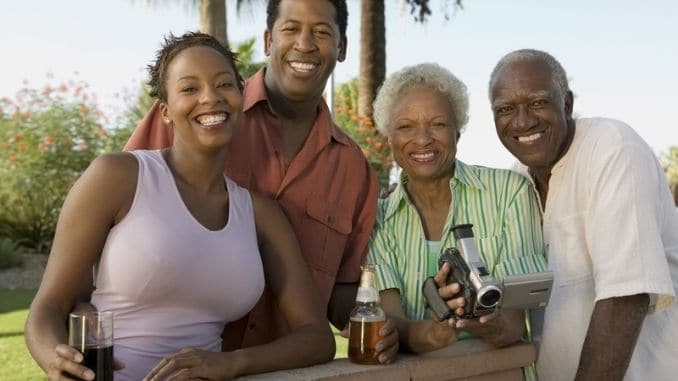
Whether you are someone who loves the sun or someone who is currently counting the days until cooler temperatures, finding ways to beat the heat can help you make the most out of the long days of summer. Invest in some sun protection and drink lots of fluids, then find some fun and interesting ways to spend your free time. Summer often offers beautiful evenings with cooler temperatures that are perfect for getting outside with friends and family, so enjoy!
Everyone is talking about it – but you just don't know where to get started. Click here to learn an easy yoga routine that is easy enough for anyone to do.

